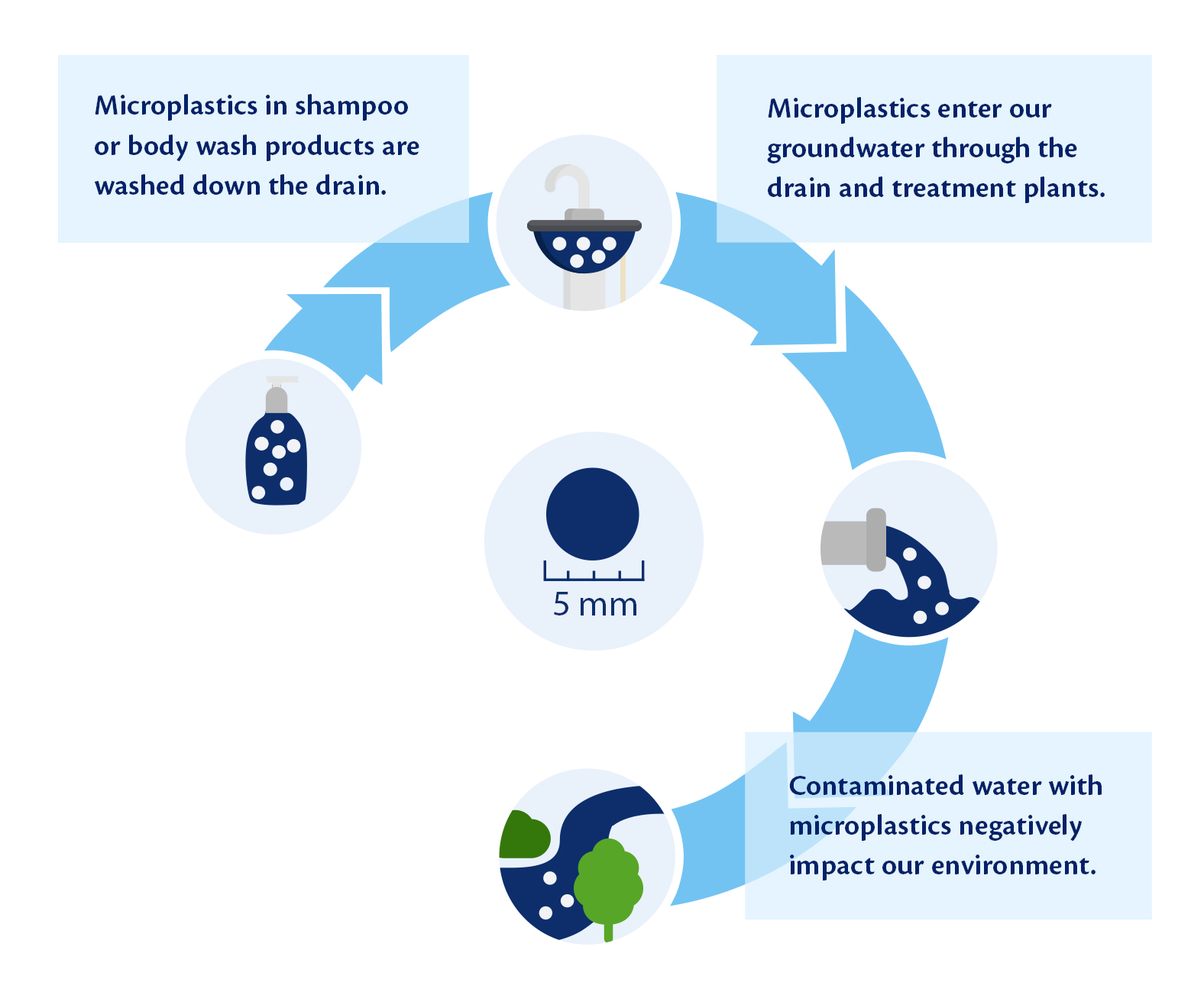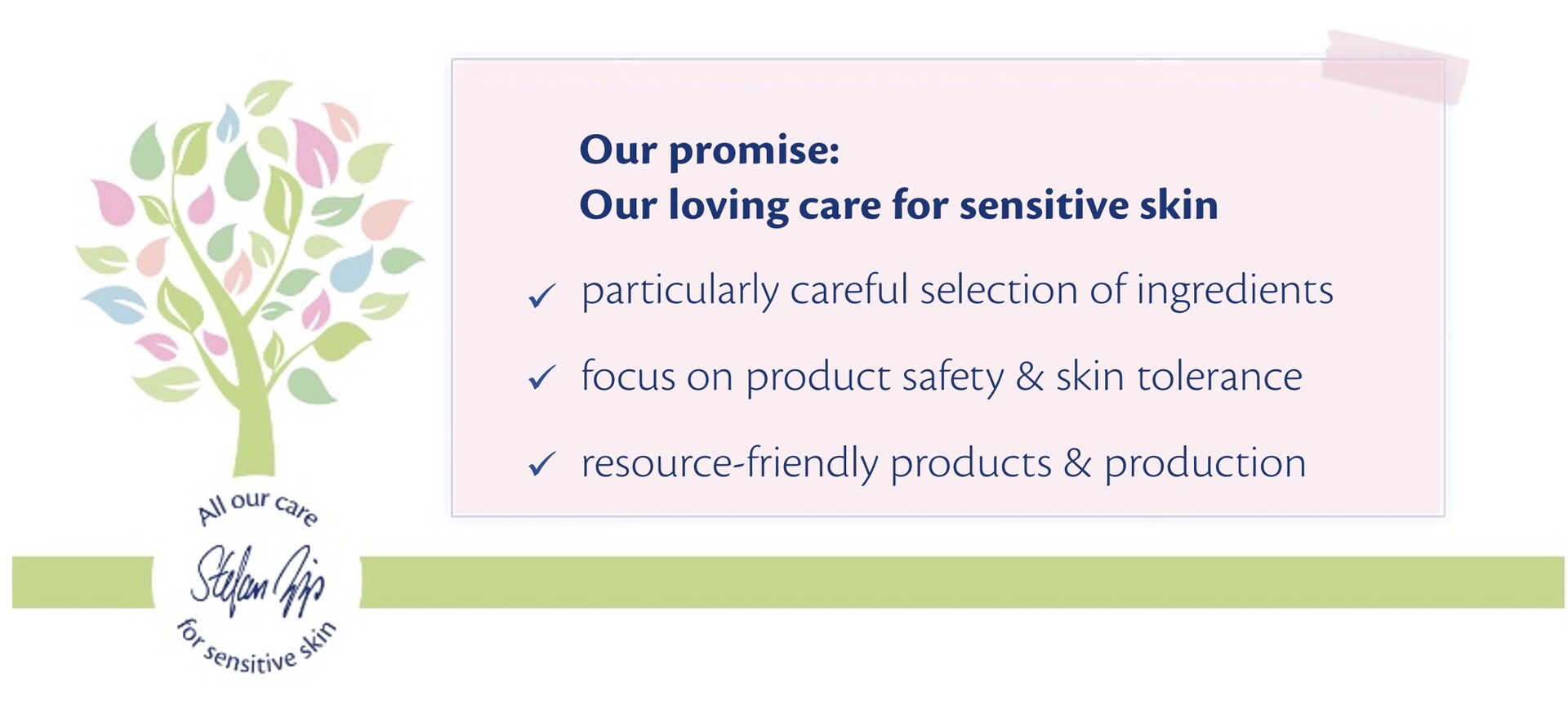None of our HiPP Care products have ever contained or will ever contain any microplastics.
The term microplastics refers to undissolved solid particles that are smaller than 5 millimetres.
They are either primary or secondary microplastics:
● Some manufacturers deliberately use primary microplastics as ingredients in cosmetic products. They usually serve as abrasive particles in toothpastes, scrubs or shower gels.
● Secondary microplastics, on the other hand, are derived from the breakdown of larger plastic debris. One example of this are plastic bags that turn into microplastics, polluting our seas and oceans.
So the terms “primary” and “secondary” refer to the origin of microplastics.




